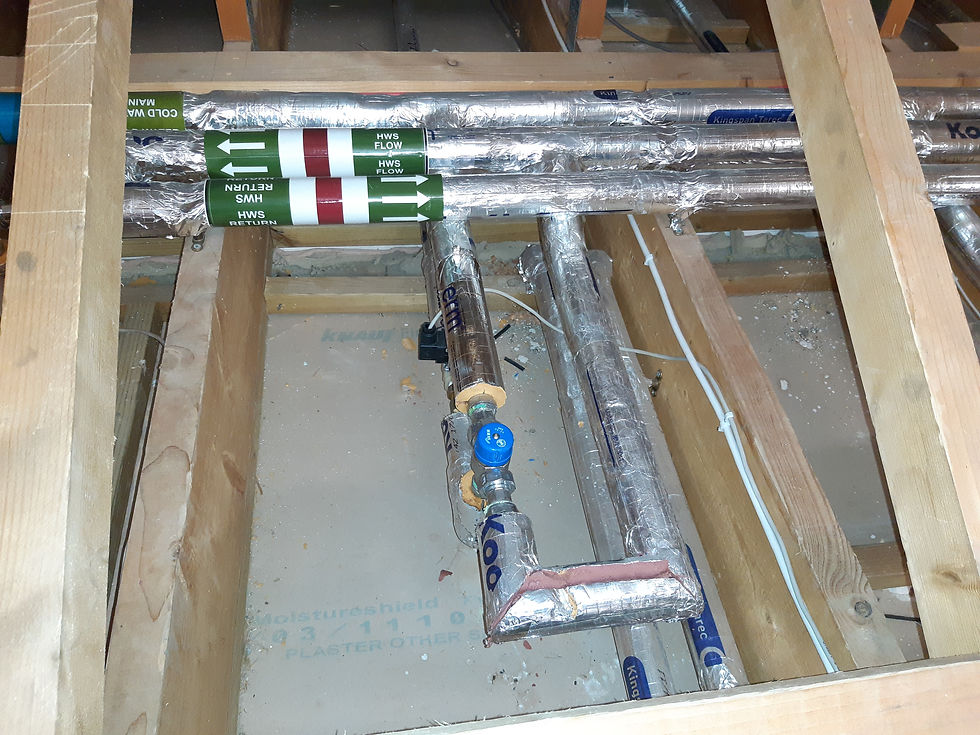Do Water Tanks Need Insulating?
- josephpettigrew8
- Nov 2, 2022
- 2 min read

When it comes to any water retaining structures that feature within your water system, there's many considerations needed to ensure full functionality and safety. Many contemporary tanks come with insulation jackets as standard, however older water storage tanks are often left without any form of thermal protection. So, how necessary is adding insulation? Well, at Tank Reline, we'd always advocate for all components of your water tank to be treated with professional lagging. This includes the likes of external panel surfaces, access hatches and any respective pipework. The core reasoning behind this procedure is to regulate contained water temperatures, as obvious as that might seem! However, what results on the back of this improved temperature control isn't as clear. Prohibiting how much your contained water temperature can fluctuate beyond desired levels will reduce your total energy output, therefore saving you significant money on your bills in the long run. In particularly cold climates, insulation will also protect against freezing, which could damage your water tank and any connected plumbing works. This could lead to cracks forming on surfaces and leaks when the system begins to thaw. Ultimately, once installed, the quantity of prospective repairs will drop significantly.

If these cost reductions don't prompt you to fit insulation to your hot or cold-water tank, then perhaps the threat of legionella bacteria will. Despite the fact that lagging your water system won't single-handedly eliminate the growth of harmful waterborne bacteria, it will certainly play its part in reducing the likelihood. Temperature control is the traditional strategy for reducing the risk of legionella within water systems. Cold water systems should be maintained, where possible, at a temp lower than 20 °C and hot water should be stored at 60 °C. When hot water is distributed, it should reach a temperature of 50 °C (55 °C at healthcare premises) within one minute of the outlets, showcasing the need to prevent heat loss out of the connected pipework. If these temperatures targets aren't being met, you're providing the ideal breeding conditions for legionella bacteria development, which puts users at risk of contracting serious illnesses like legionaires disease. Although you can visually identify poor tank and water conditions, sometimes the waters bacteria content may not always appear overtly. Hence, on top of a regular inspection and maintenance schedules, thermal insulation will help ensure the optimal preventative measures have been in place.
Professional Solutions
If you require an insulated water storage tank, Tank Reline specialise in the thermal protection of water tanks and their pipework, operating across all types of commercial facilities throughout the UK. Visit our insulation services page today to find out more.










Comments